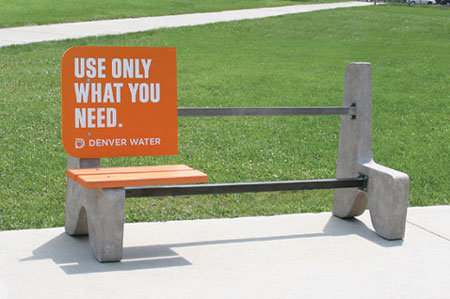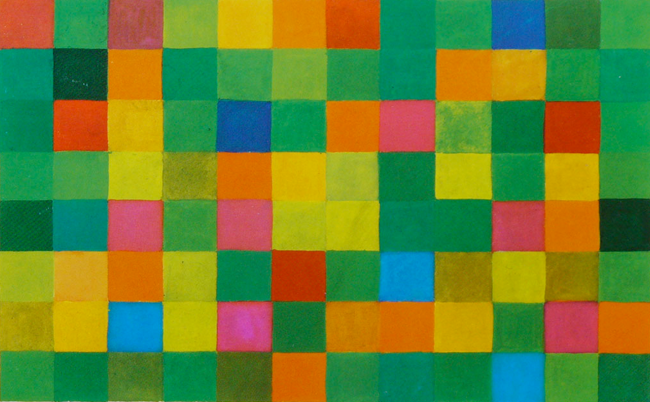Friday, February 27, 2015
Wednesday, February 25, 2015
First Assignment
Alphabet: a standard set of symbols used to make
write a language based on the principle that every symbol represents a separate
basic sound of the language
Street Sign: signs put at the side of roads to
provide information to or give instructions to drivers on the road
Advertisement: a notice in a public forum used to
promote a product or service
Constellation: a specific area of the celestial
sphere based from star patterns
ASCII Symbols: most common format for text files on
the computer and on the internet
Electronic Symbols: a pictogram used to represent
various electrical and electronic devices
Morse Code: a method of transmitting text code
through a specific pattern
American Sign Language: predominant sign language of
he deaf community
Glyph: an elemental symbol within an agreed set of
symbols intended to write
1. It's a picture of a tent. It signifies a camping site. It's usually found near the forest or other nature sites.
2. It's a picture of a picnic table. It signifies a picnic site. It's usually found near rest stops and camping sites.
3.
2. It's a picture of a picnic table. It signifies a picnic site. It's usually found near rest stops and camping sites.
3.
4. It's a picture of a man and a woman next to each other. It signifies bathrooms. Usually found in stores, theme parks, shopping centers, buildings, and resturants.
5. It's a letter 'P'. It signifies parking is near. Usually found in malls, near shopping centers, and near buildings.
6. It's a picture of a person in a bed. It signifies lodging is near by. Usually found in the middle of no where or tourist sites.
7. It's a picture of a knife and a fork. It signifies theres resturants near by. Usually found in the middle of no where.
8.
9. It's a picture of a person in a wheelchair. It signifies handicap accesible functions. Usuualy found in parking lots and malls.
10. It's a picture of a question mark in a circle. It singifies information desks. Usually found in tourist attractions.
11. It's a picture of a milk jug next to an apple. It signifies grocery stores. Usuualy found in tourist cities.
12. It's a picture of a phone. It signifies an emergency phone is near by. Usually found on highways.
13. It's a picture of a person with a backpack and a walking stick. It signifies a hiking path near by. Usually found in parks.
14.
15. It's a picture of an anchor. It signifies docks near by. Usully found near a body of water.
16. It's a picture of a person with an oxygen tank, flippers and goggles. It signifies a scuba diving site. Usually found near a body of water.
17.
18. It's a picture of a person swimming. It signifies a swimming area. Usually found near a safe body of water.
19. It's a picture of a fish near a fishing hook. It signifies a fishing site. Usually found near a body of water with fish in it.
20.
21.
22. It's a picture of a person skiing down a hill. It signifies a skiing area. Usually found near a snowy mountain.
23.
24. It's a picture of a person bob sledding down a hill. It signifies a bob sledding area. Usually found near snowy mountain.
25. It's a picture of a person on ice skates. It signifies an ice skating area. Usually found near a lake that freezes over.
26. It's a person on a horse. It signifies a horse back riding area. Usually found in a park.
27. It's a picture of a horse in a stable. It signifies horse storage near by. Usually found near a horse balc riding area.
28. It's a picture of a person on a bike. It signifies a bike trail. Usually found in a park.
29.
6. It's a picture of a person in a bed. It signifies lodging is near by. Usually found in the middle of no where or tourist sites.
7. It's a picture of a knife and a fork. It signifies theres resturants near by. Usually found in the middle of no where.
8.
9. It's a picture of a person in a wheelchair. It signifies handicap accesible functions. Usuualy found in parking lots and malls.
10. It's a picture of a question mark in a circle. It singifies information desks. Usually found in tourist attractions.
11. It's a picture of a milk jug next to an apple. It signifies grocery stores. Usuualy found in tourist cities.
12. It's a picture of a phone. It signifies an emergency phone is near by. Usually found on highways.
13. It's a picture of a person with a backpack and a walking stick. It signifies a hiking path near by. Usually found in parks.
14.
15. It's a picture of an anchor. It signifies docks near by. Usully found near a body of water.
16. It's a picture of a person with an oxygen tank, flippers and goggles. It signifies a scuba diving site. Usually found near a body of water.
17.
18. It's a picture of a person swimming. It signifies a swimming area. Usually found near a safe body of water.
19. It's a picture of a fish near a fishing hook. It signifies a fishing site. Usually found near a body of water with fish in it.
20.
21.
22. It's a picture of a person skiing down a hill. It signifies a skiing area. Usually found near a snowy mountain.
23.
24. It's a picture of a person bob sledding down a hill. It signifies a bob sledding area. Usually found near snowy mountain.
25. It's a picture of a person on ice skates. It signifies an ice skating area. Usually found near a lake that freezes over.
26. It's a person on a horse. It signifies a horse back riding area. Usually found in a park.
27. It's a picture of a horse in a stable. It signifies horse storage near by. Usually found near a horse balc riding area.
28. It's a picture of a person on a bike. It signifies a bike trail. Usually found in a park.
29.
Wednesday, February 18, 2015
Week 6--Practical Design Projects
Task 1
1. Contrast: being strikingly different from something else
-Size Contrast: distinguishing between items using size

-Shape Contrast: distinguishing between items using the physical shape of the objects

-Color Contrast: distinguishing between items using the differences in their color

2. Emphasis: special importance or value given to something

3. Balance: compare the value of one thing with another
-Formal Balance: when things are arranged equally on the sides of an axis or around central point

-Informal Balance: placing objects of varying visual weight in a way that balances them out

4. Proportion: adjust something so that it has a particular relationship to something else

5. Perspective: drawing objects on a two-dimensional surface in way that shows their height, width, and length in relation to each other

1. Contrast: being strikingly different from something else
-Size Contrast: distinguishing between items using size

-Shape Contrast: distinguishing between items using the physical shape of the objects

-Color Contrast: distinguishing between items using the differences in their color

2. Emphasis: special importance or value given to something
3. Balance: compare the value of one thing with another
-Formal Balance: when things are arranged equally on the sides of an axis or around central point

-Informal Balance: placing objects of varying visual weight in a way that balances them out
4. Proportion: adjust something so that it has a particular relationship to something else

5. Perspective: drawing objects on a two-dimensional surface in way that shows their height, width, and length in relation to each other

Wednesday, February 11, 2015
Subscribe to:
Posts (Atom)

















